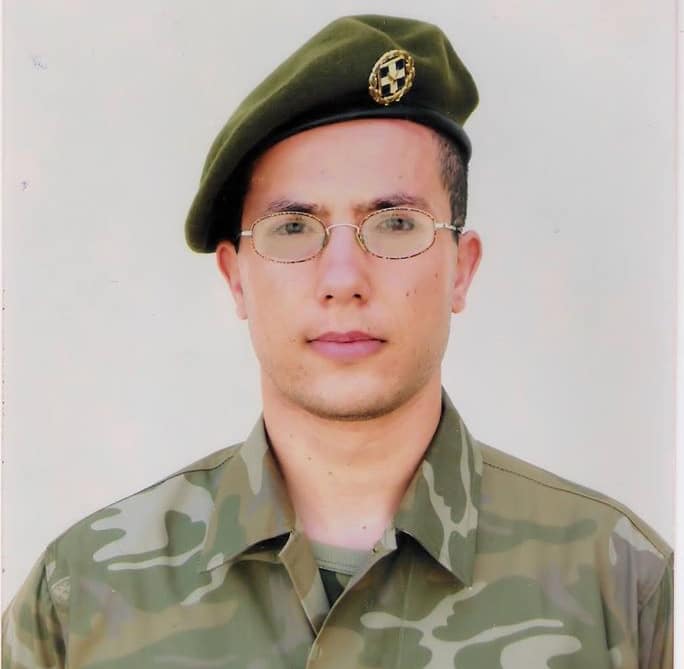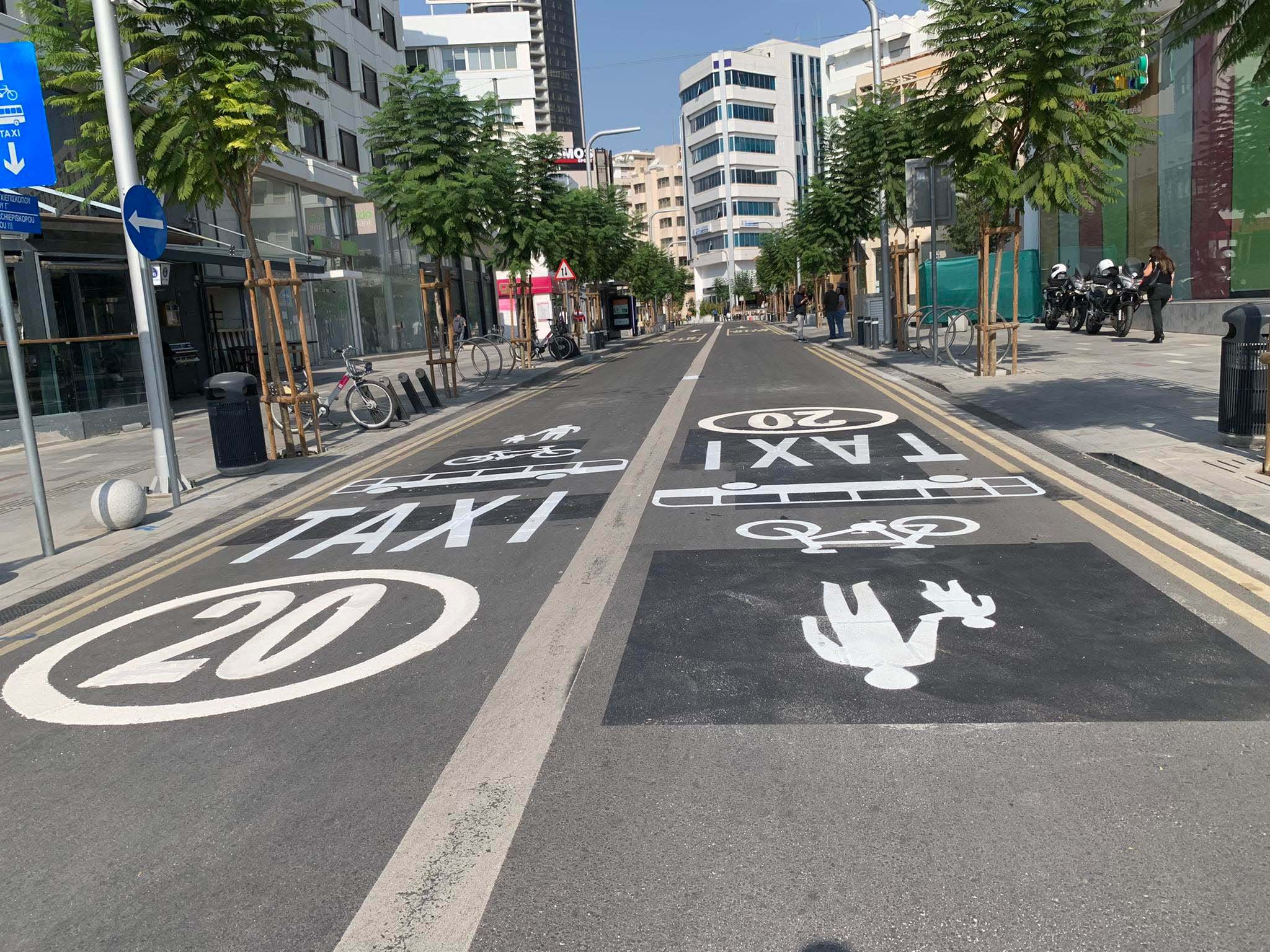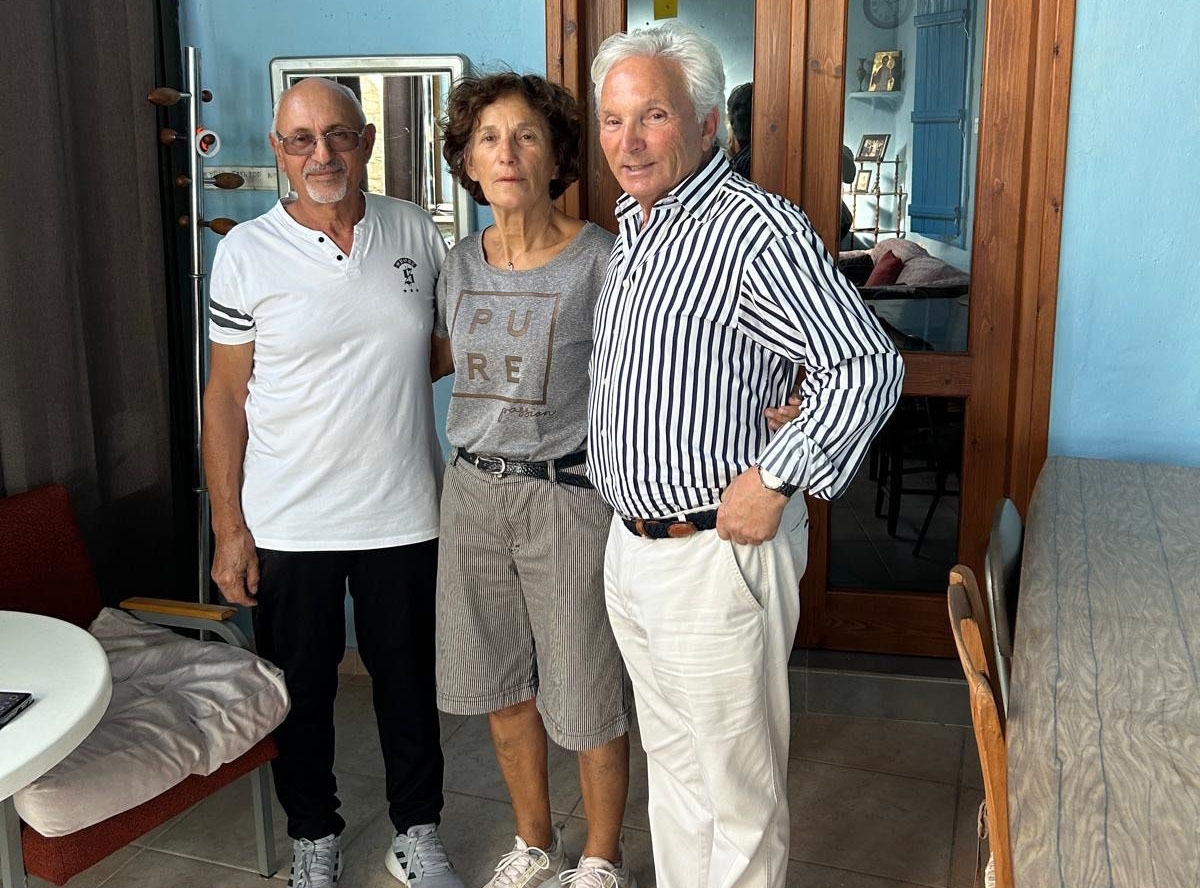Recent reports of incidents involving violence by teachers in kindergartens serve as a stark reminder of a serious and recurring issue: violence, even when committed by individuals entrusted with the role of educators and caregivers, often functions as a distorted form of communication. It is not merely an act of aggression but an approach to which some resort when they are unable to express their needs, frustrations, or sense of control in other ways.
Violence in schools – whether perpetrated by students or, even worse, by teachers – creates an environment of fear and uncertainty. Children who experience such situations at a young age may grow up believing that violence is an acceptable or even necessary means of resolving conflicts. This perpetuates the vicious cycle: today’s victims of violence may become tomorrow’s perpetrators.
Educators, who play a crucial role in shaping children’s personalities, must be the first to demonstrate that communication does not require violence. However, when teachers themselves engage in aggressive behaviours, children receive distorted messages about respect, boundaries, and emotional expression.
It is crucial to remember that no child is to blame for being yelled at, insulted, hit, or threatened. Rather than learning to tolerate such behaviour, children should be taught to recognise violence, name it, and understand that there are other ways to handle conflicts. Interventions must begin with educating adults – both teachers and parents – to prevent the perpetuation of these harmful patterns.
Violence often creates the illusion of security. Those who resort to violence may believe that only other violent individuals can understand or tolerate them. They see the world as a dangerous place where exerting power is the only option. However, this belief merely fuels the self-sustaining cycle of violence. Many perpetrators perceive themselves as victims, justifying their violent actions as reactions to perceived offences or emotional wounds.
This is the vicious cycle of violence: people who experience it often learn, replicate and normalise it. It is like a trail of ants caught in a loop, endlessly marching in circles until they collapse from exhaustion. But if an obstacle disrupts their path – forcing them to change direction – they can escape. The same principle applies to violence. Breaking the cycle requires an intervention, a new element that disrupts the repetition of violence and offers alternative pathways.
The most important step in breaking the cycle of violence is to speak up. We must recognise that violence is not a solution and that alternative ways exist to manage emotions and tensions. Reporting such incidents should not be taboo but seen as a necessary act to protect children and foster a healthy society.
In Cyprus, Hope For Children CRC Policy Centre provides free psychological, social and legal support services for children and families. The 1466 helpline operates 24/7, offering immediate assistance and guidance.
Violence can be broken. The cycle is not endless. All it takes is an intervention – a decision to change course. And this change begins with all of us, whether as parents, educators or a society that no longer tolerates violence as a means of discipline.







Click here to change your cookie preferences